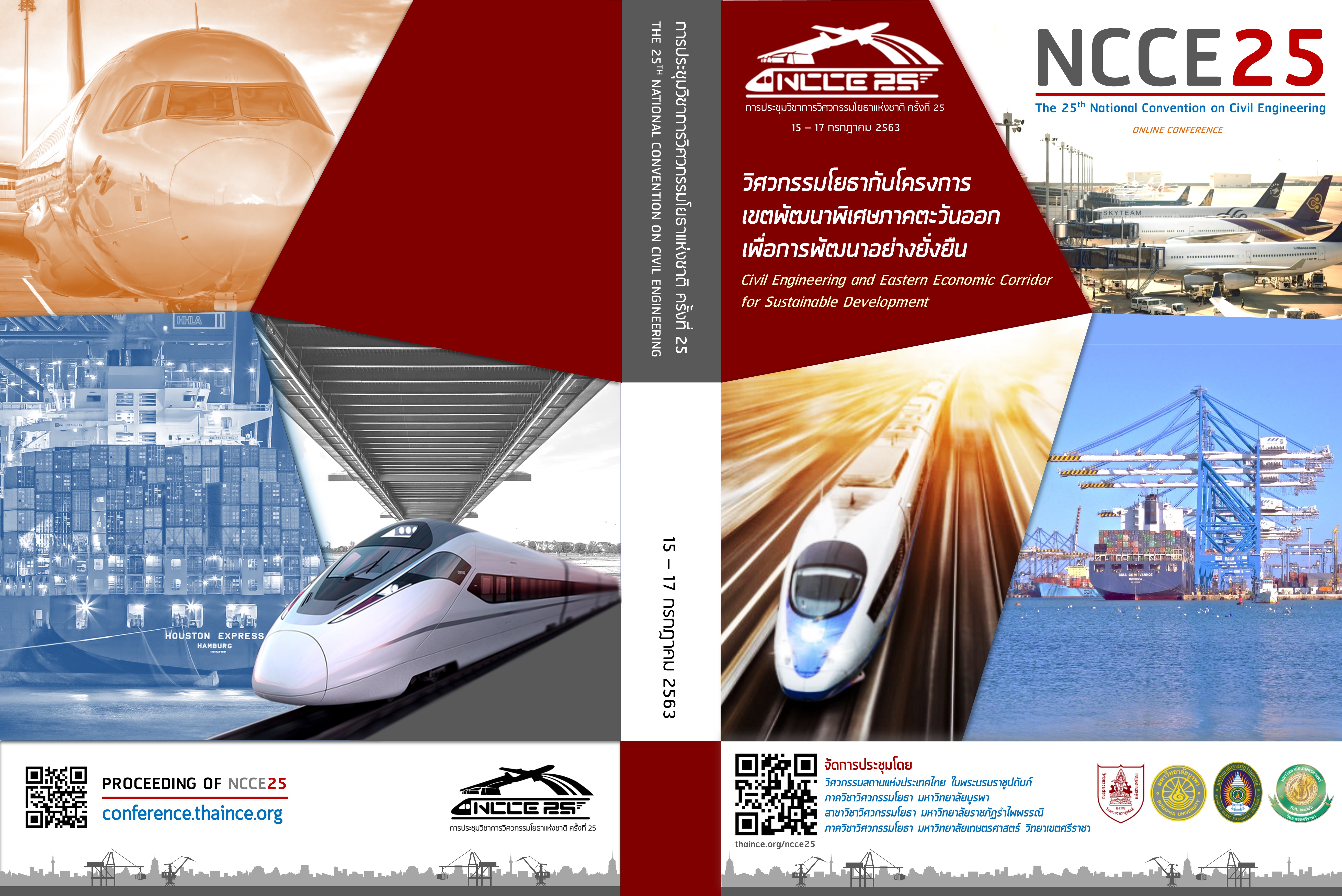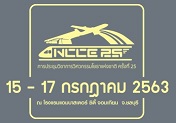Analysis of Impact of Introduction of Bus Rapid Transit on Land Price in Developing City - Case Study of Managua city, Republic of Nicaragua
คำสำคัญ:
BRT, middle-sized city, land-price, hedonic pricing theoryบทคัดย่อ
Most of the cities in developing countries are car-dependent, which causes traffic congestion. In order to decrease traffic congestion, Bus Rapid Transit (BRT) is introduced. In addition, it is not only necessary to convert demand from automobile-use but also to form urban corridors along the BRT routes and make significant changes to the urban structure. In that sense, it is also essential to estimate external effects such as urban development in the evaluation of BRT introduction. Therefore, in this study, we focused on changes in asset value as one of the external effects of introducing BRT and analyzed the impact of the introduction of BRT. This asset value is defined as land price. In analyzing the impact of its introduction, the land price data was collected from the website of real estate and a land price formula with explanatory variables such as the convenience of transportation, house quality, shopping convenience, and the Possibility of landslides, was derived by using the hedonic price approach. And then, the difference in land prices with/without the introduction of BRT was analyzed. As a result, land prices in the zones along BRT lines but also suburban zones have risen. This result means that was spread the impact of the introduction of the BRT system to the entire city. In conclusion, it was clarified that the introduction of BRT would have a substantial effect not only on the transportation market but also on the external market such as real estate and contribute to the development of the urban areas.
Downloads
ดาวน์โหลด
เผยแพร่แล้ว
วิธีการอ้างอิง
ฉบับ
บท
การอนุญาต
บทความทั้งหมดที่ได้รับการคัดเลือกให้นำเสนอผลงานในการประชุมวิชาการวิศวกรรมโยธาแห่งชาติ ครั้งที่ 25 นี้ เป็นลิขสิทธิ์ของ วิศวกรรมสถานแห่งประเทศไทย ในพระบรมราชูปถัมภ์



